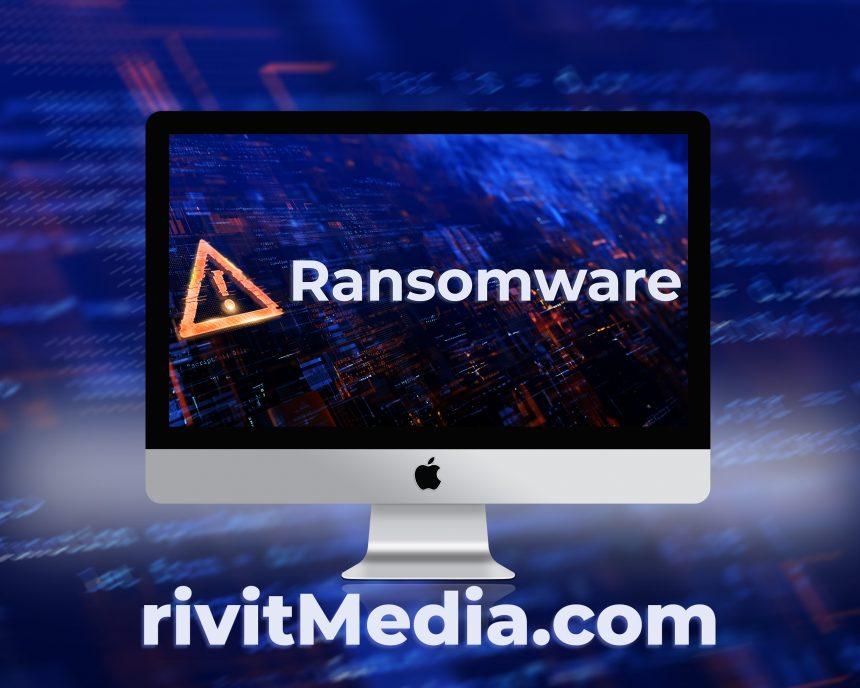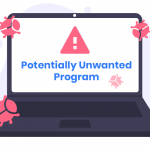The Isak Virus, identified as a ransomware threat, operates silently, leaving users unaware of its presence until the damage is done. This type of malware infiltrates systems discreetly, encrypts valuable files, and demands a ransom for their release. Understanding its actions, consequences, and prevention measures is crucial for users to protect their data and prevent falling victim to such extortion attempts.
Isak Virus: Unseen Menace
How It Operates
- Stealthy Infiltration: Isak Virus quietly penetrates systems without noticeable symptoms, avoiding detection until its task is complete.
- Data Encryption: The malware encrypts files with a strong algorithm, rendering them inaccessible and useless to the victim.
- Ransom Demand: Users are confronted with a pop-up alert, demanding a specified amount in cryptocurrency (usually Bitcoin) for the decryption key.
The Ransom Note
The Isak Ransomware presents a message to victims, highlighting the encryption, the uniqueness of the key, and the demand for payment. The criminals assure victims of file restoration upon successful payment.
Decrypting .isak Files and Avoiding Payment
File Decryption Challenge
- The decryption key is promised upon payment, but cybercriminals may not always fulfill this promise.
- Paying the ransom doesn’t guarantee the safe retrieval of files and exposes users to financial loss.
Removal Guide for Isak Virus
- Identify and Terminate Malicious Processes:
- Access Task Manager (Ctrl + Shift + Esc) to end suspicious processes.
- Look for unfamiliar processes linked to Isak Virus and terminate them.
- Remove Malicious Files and Folders:
- Navigate to system directories and delete malicious files.
- Search for and eliminate any Isak Virus-related folders.
- Registry Editor Cleanup:
- Open the Registry Editor (Windows Key + R, type “regedit,” and press Enter).
- Locate and delete registry entries associated with Isak Virus.
- Reset Browser Settings:
- In browsers, reset settings to eliminate any unwanted changes made by the ransomware.
- Data Recovery Attempts:
- Explore alternative data recovery methods (backups, shadow copies) after removing the malware.
Best Practices for Prevention:
1. Email Safety
- Avoid opening email attachments or clicking links from unknown or suspicious senders.
- Be cautious with emails urging urgent actions or containing unexpected attachments.
2. Software Updates
- Keep the operating system, antivirus, and applications up to date to patch vulnerabilities.
3. Data Backup
- Regularly back up essential files to external drives or secure cloud storage.
- Ensure backups are isolated from the network to prevent ransomware attacks.
4. Security Software
- Utilize reputable antivirus and anti-malware software for real-time protection.
- Regularly scan systems to detect and remove potential threats.
5. User Education
- Educate users about the risks of interacting with unknown content and the importance of cybersecurity hygiene.
Isak Virus in Summary
- Name: .isak Virus
- Type: Ransomware
- Threat Level: High (Ransomware poses significant risks to data and user privacy)
- Symptoms: Silent operation until files are encrypted, followed by a ransom demand
- Propagation: Commonly spread through spam email campaigns and malvertising
Understanding the Isak Virus and implementing preventive measures and removal steps are crucial to mitigating the impact of this ransomware threat. Vigilance, regular backups, and a proactive approach to cybersecurity contribute to a safer digital environment.





